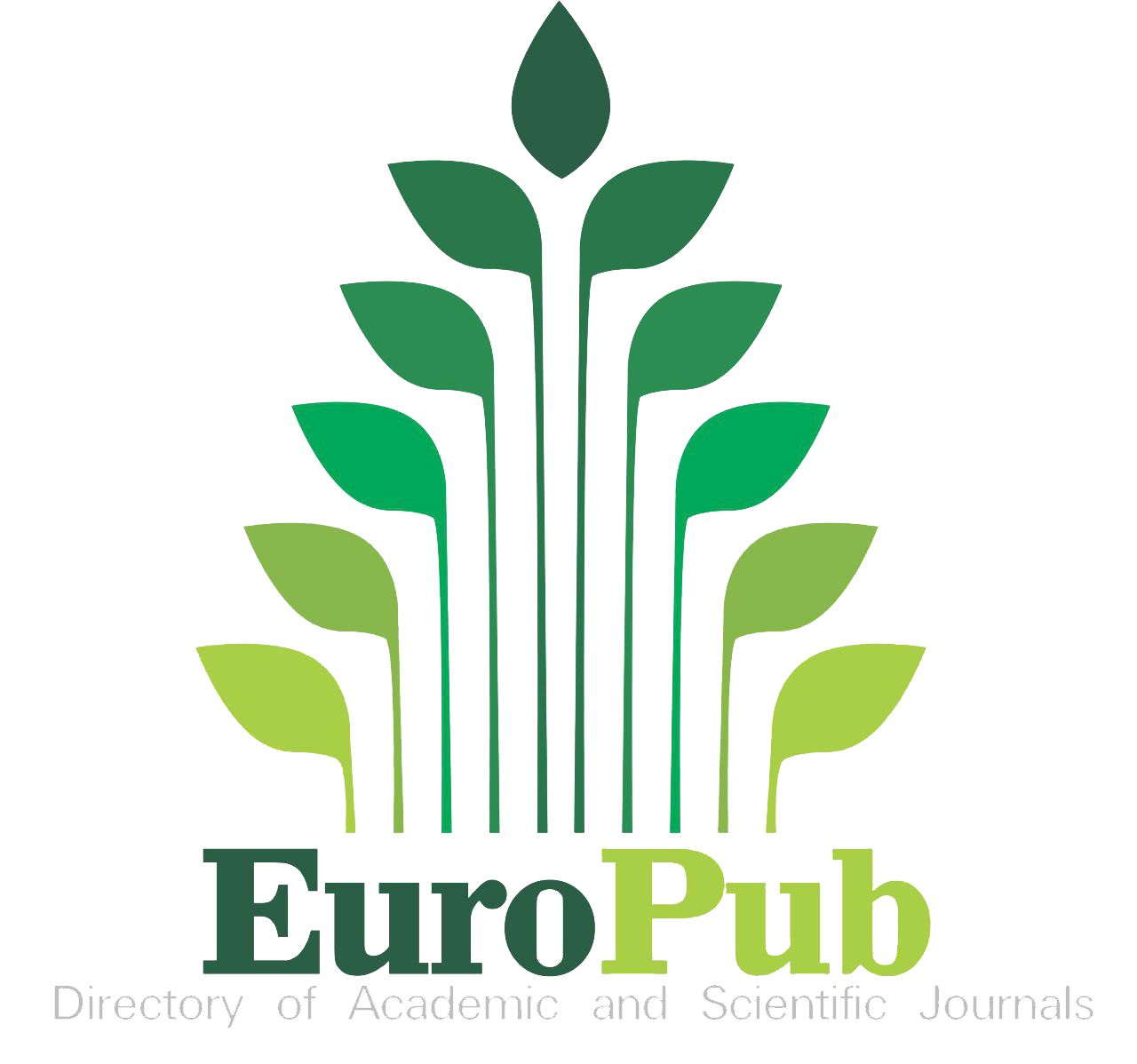Author Guidelines
Guidelines on preparing Manuscript:
- Manuscript Formatting
- Font: Use a standard, legible font such as Times New Roman, 12-point size.
- Line Spacing: Double-space the entire manuscript, including references and footnotes.
- Margins: Set 1-inch (2.54 cm) margins on all sides.
- Alignment: Align text to the left (left-justified) and leave the right margin ragged.
- Page Numbers: Include page numbers in the header or footer, starting from the first page of the text.
- Title Page
- Title: Center the manuscript title at the top of the page. Use boldface for the title.
- Author Information: List author(s) names, affiliations, and contact information below the title.
- Corresponding Author: Clearly indicate the corresponding author with an asterisk (*) and provide their email address.
- Abstract
- Length: Limit the abstract to 150-250 words.
- Content: Provide a concise summary of the study's objectives, methods, results, and conclusions.
- Keywords: Include 4-6 keywords below the abstract.
- Main Body of Manuscript
- Headings: Use clear, consistent headings and subheadings to organize the content (e.g., Introduction, Methods, Results, Discussion).
- Introduction: Provide background, research question, and study objectives.
- Methods: Describe the methodology in detail to allow replication of the study.
- Results: Present findings in a logical sequence, using tables and figures where appropriate.
- Discussion: Interpret the results, discussing implications, limitations, and future research.
- Tables and Figures
- Placement: Place each table and figure on a separate page at the end of the manuscript, with a clear callout in the text (e.g., “Insert Table 1 here”).
- Numbering: Number tables and figures consecutively (Table 1, Table 2, Figure 1, etc.).
- Captions: Provide a descriptive caption for each table and figure.
- Citations and References
- Citation Style: Use a consistent citation style (e.g., APA, MLA, Chicago) as per the journal’s guidelines.
- In-text Citations: Cite references in-text using the author-date or numbered system.
- Reference List: Include a complete list of references at the end of the manuscript, formatted according to the chosen citation style.
- Supplementary Material
- Supplementary Files: If applicable, submit any supplementary material (e.g., datasets, additional figures) as separate files.
- Referencing: Refer to supplementary materials in the main text as “Supplementary Table 1,” “Supplementary Figure 1,” etc.
- Acknowledgments
- Contributions: Acknowledge all contributors who do not meet the criteria for authorship.
- Funding: List all sources of funding or grants that supported the research.
- Conflict of Interest
- Disclosure: Include a statement disclosing any potential conflicts of interest.
- Ethical Considerations
- Approval: Confirm that all research involving human or animal subjects was approved by an appropriate ethics committee.
- Consent: Mention informed consent for studies involving human participants.
- Proofreading and Submission
- Proofreading: Ensure the manuscript is thoroughly proofread for spelling, grammar, and typographical errors.
- File Format: Submit the manuscript as a Word document (.doc or .docx) unless otherwise specified.
- Submission: Follow the journal's online submission process, including all required forms and documentation.
Copyright
Copyright of all accepted papers will belong to UJRRA and the authors must affirms that accepted papers for publication in UJRRA must not be re-published elsewhere without the written consent of the editor in chief / director of BRNSS Publication Hub. To comply with this policy, authors will be required to submit a signed copy of Copyright Transfer Form after acceptance of their paper, before the same is published.
Final Proof of the Paper
One set of page proof (as PDF file) will be sent by email to the corresponding author. This proof is only for checking the typesetting, editing, completeness and correction of the text, tables and figures. Note that, UJRRA will proceed with the publication of paper, if no response is received within 5 days.
Article Processing Charges (APC)
All articles published in our journals are open access and freely available online, immediately upon publication. We are running a standard journal as we are indexed in many reputed Indexing databases, for maintaining standards we need to send articles to outsourcing agency for content checking process. Therefore, we are charging only content checking fee from the authors before publication and after acceptance.
PRIVACY STATEMENT
The names and email addresses entered in this journal site will be used exclusively for the stated purposes of this journal and will not be made available for any other purpose or to any other party.
AUTHORS AND AUTHORS RESPONSIBILITIES
An “author” is generally considered to be someone who has made substantive intellectual contributions to a published study. Authorship credit should be based on 1) substantial contributions to conception and design, acquisition of data, or analysis and interpretation of data; 2) drafting the article or revising it critically for important intellectual content; and 3) Final approval of the version to be published.
We are allowing authors to participate in Peer Review Process. All authors have significantly contributed to the research of work they have submitted in articles. We are sending final galley proof PDF file of each article to authors before publishing on website for any correction and retractions they require. Authors are strictly forbidden to publish same research or review articles in more than one journal.
The author has to pay to outsourcing agency for content checking, and editing process for accepted papers. The outsourcing agency will charge according to the pages of the manuscript for content checking.




